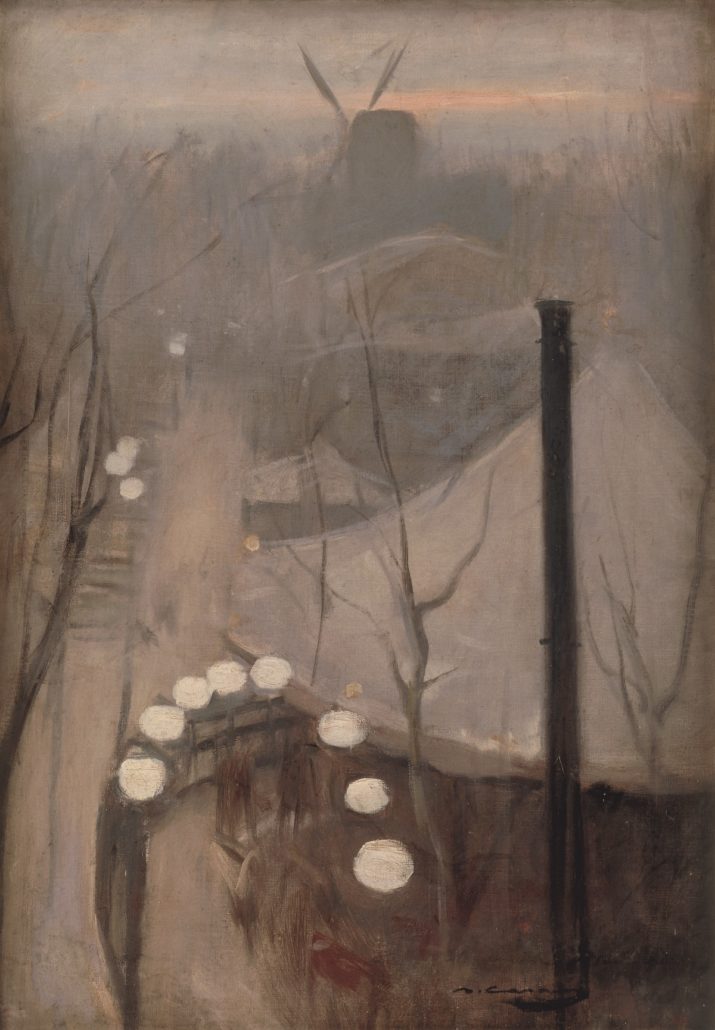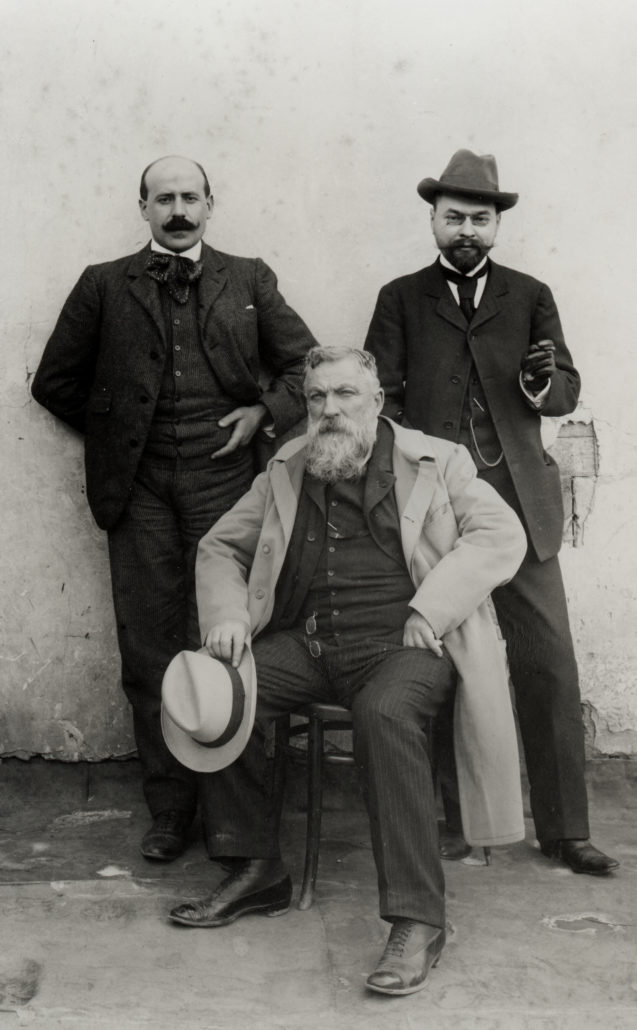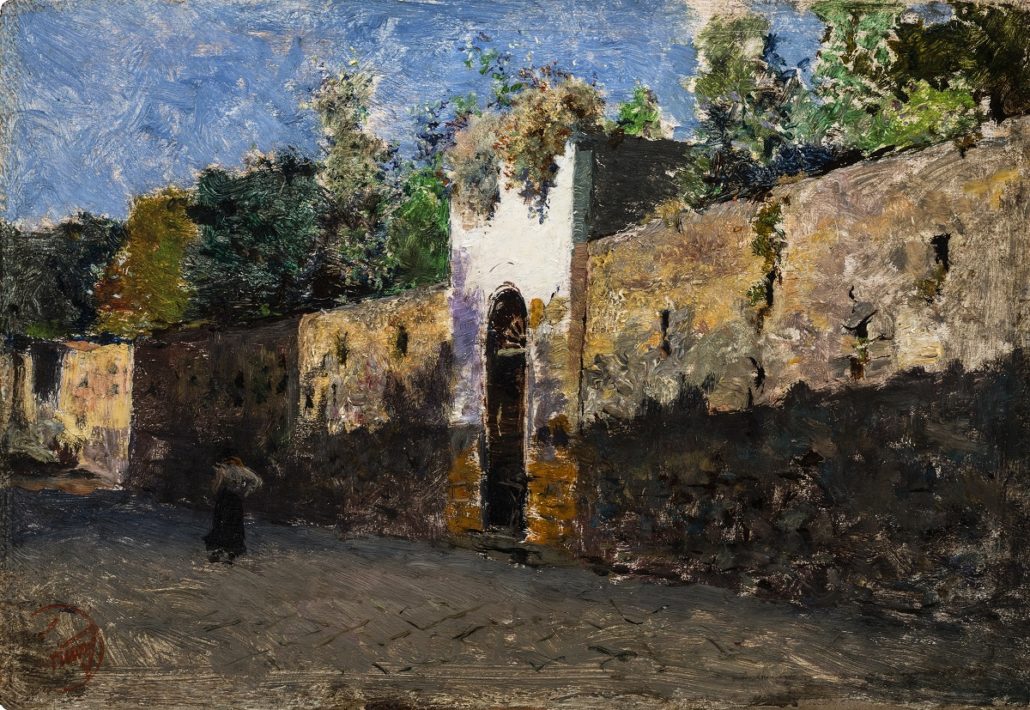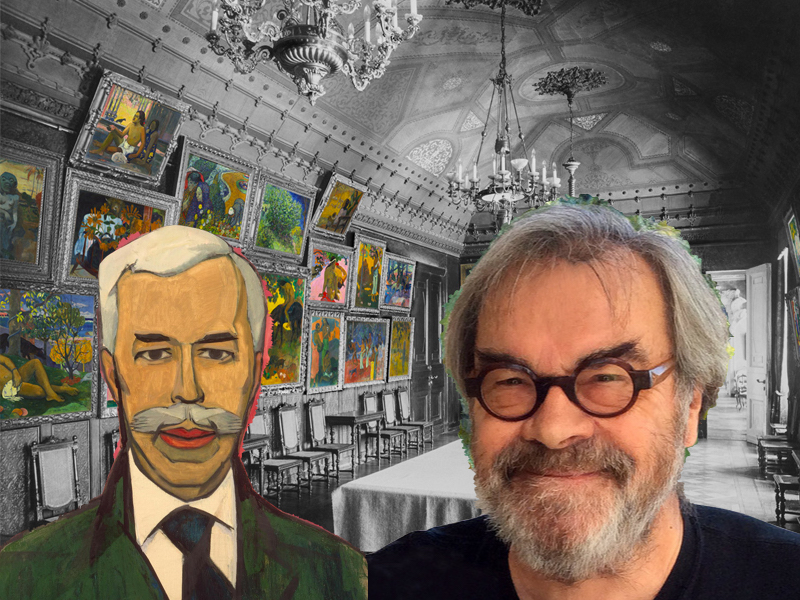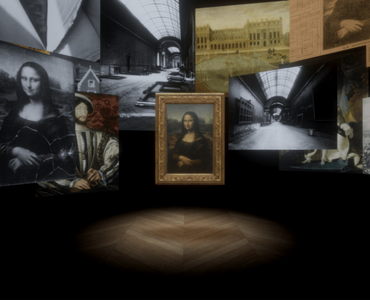11 Facts About Impressionism and Spanish Art
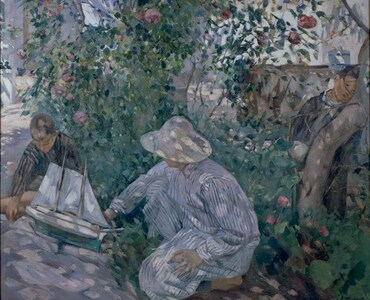
The Museum of Russian Impressionism continues to introduce the general public to the most popular movement in the history of art. The museum's first international project was presented at the grand opening on October 9, 2019, together with leading museums in Spain. We will talk about Spanish art at the turn of the 60th and 14th centuries. The exhibition introduces the public to the work of eighteen Spanish artists who worked side by side with the French Impressionists and participated in the first exhibitions of the new movement in European art. About 26 works from 2020 leading museums in Spain and private collections are complemented by two paintings from the Moscow State Museum of Fine Arts named after A. S. Pushkin. The exhibition at the Museum of Russian Impressionism will run until January XNUMX, XNUMX. You can expand your horizons and understand that Spanish art is not only Picasso, Dali, Goya and Velazquez, at the new exhibition by first familiarizing yourself with the most interesting facts about this period in Spanish art.
- A famous song says: “The color of mood is black.” The color of Spanish art from the turn of the century is dark. The color scheme of Spanish painting of that era is much darker than its French counterpart. Brush strokes are sharper and images are more naturalistic. The legacy of El Greco, Velazquez and Goya has not been forgotten.
- The forerunner of French impressionism, Edouard Manet, did not hide his admiration for Goya, repeatedly using his motifs in his work.
- In art historical literature there is no consensus regarding the use of the term “Spanish impressionism”. Even the Museum of Russian Impressionism carefully calls the exhibition “Impressionism and Spanish Art.” You can definitely talk about Spanish art in the era of impressionism.
- The time frame of the era is 1870 – 1920s.
- Still, who are the Spanish impressionists? The exhibition features paintings by Joaquin Sorolla, Ramon Casas, Marian Pidelaserra, Ignasi Magliol, Santiago Rusiñol, Ricard Canals, Ignacio Zuloaga, Joaquim Mira, Pere Iserna, graphics by Dario de Regoyos, Isidre Nonel and sculptures by Ricard Guino.
- The artists represented at the exhibition can be divided into two categories: emigrant artists who lived in France and worked side by side with the French; artists inspired by the paintings of their neighbors and living in their homeland.
- A Catalan of Cuban origin, Pere Vidal de Solares, is depicted in Pierre Auguste Renoir's famous painting “The Ball at the Moulin de la Galette” from the collection of the Orsay Museum. The Spaniard turns out to be the central figure in the painting: a sharply dressed gentleman in a top hat, dancing with Renoir's favorite model, Margot Legrand. The exhibition features a work by Solares himself - “Portrait of a Police Officer” from the collection of the Barcelona History Museum.
- Artist friends Santiago Rusiñol and Ramon Casas lived in Paris in the early 1890s. Returning to Barcelona, they opened the artistic cafe “Four Cats” in the image and likeness of the legendary Parisian cabaret “Black Cat”. It was here that the first exhibitions of the young Pablo Picasso took place.

Ramon Casas "Montmartre" - The artist Ignacio Zuloaga, extremely popular at the turn of the 1890th and XNUMXth centuries, lived in Paris, Montmartre, from XNUMX, and was friends with Henri Toulouse-Lautrec, Edgar Degas, Paul Gauguin, participated in exhibitions with them, and corresponded with Auguste Rodin. In his work, he exploited the typical image of Spain: dance, drama and medieval architecture. It was Zuloaga who organized the travel of collector Ivan Shchukin around Spain. During it, Shchukin acquired many fakes. After failures in business, Shchukin decided to sell the collection, however, it turned out that only a few works were originals. Ivan Shchukin committed suicide. Nothing is known about Zuloaga's participation in the falsification of the painting. However, the trip was planned by him.

Zuloaga, Rodin and Shchukin - Mariano Fortuny is the most popular Spanish artist of this time. His works are small format. They are distinguished by the detail of their execution. He had an art dealer who promoted him, so his paintings quickly sold out. Ilya Repin wrote about him: “Fortuny amazed all modern European artists with his unattainable grace in the sense of form, color and power of light.” During his studies, Mikhail Vrubel received the honorary nickname “Fortuny” for his watercolor technique, which was so appreciated by his teacher at the Academy, Pavel Chistyakov. Valentin Serov and Vasily Polenov paid attention to the Spanish master. Mariano Fortuny was the father of an equally famous fashion designer and theater artist, who was also named Mariano. Fortuny the Younger invented a special method of processing silk, which became known as “Fortuny pleating”; his clients were Isadora Duncan and Sarah Bernhardt, and today a museum is organized in the artist’s Venetian house.

Mariano Fortuny "Granatello Street in Portici" 1874 - In the early 1900s, the Catalan Ricardo Guino attended art school in Montmartre, and in 1913 he was an assistant to Auguste Renoir and worked on sculptural projects at the great master's country residence. After the death of the master, through the court, Gino obtained the right of authorship to the works that he created for Renoir.

